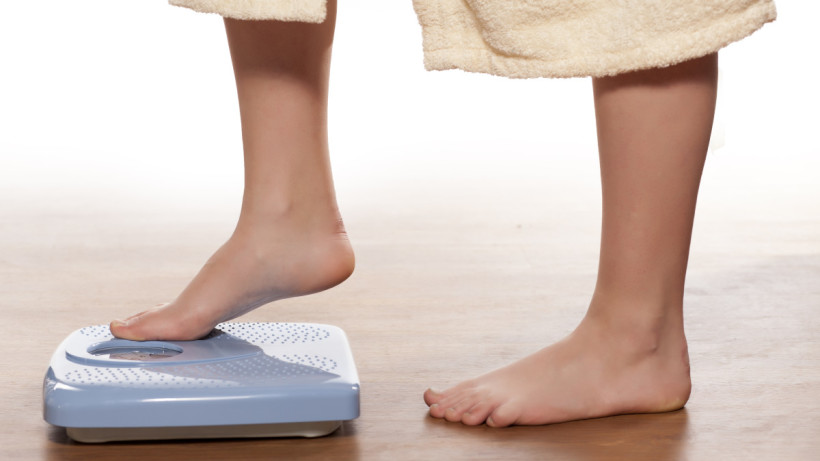
Bulimia
The full clinical name for Bulimia is Bulimia Nervosa, but more commonly known as Bulimia. People who suffer from bulimia are usually above an average weight for their height and BMI (Body Mass Index). Overall Bulimia is displayed and enacted via eating large amounts, whether hungry or not. It is directly connected with low self-esteem, low confidence, plus low self-worth. The eating of large amounts is called Bingeing and the common ways to quickly purge (push) the food back out of the body is via diuretics (water tablets), self-vomiting (fingers down throat), laxatives, fasting or compulsive extreme exercising. In order to meet the Mental Health diagnostic criteria for Bulimia, the above activities and symptoms must be clearly displayed at least once per week.
There are many cross-overs and similarities between Bulimia, Bingeing and the more serious and dangerous eating disorder of Anorexia. Below are some shared symptoms common to Bulimia, Bingeing and Anorexia:
- Digestive problems
- Sore throat
- Badly damaged teeth
- Digestive juice smells
- Irregular periods (Women’s monthly cycle)
- Infertility problems
- Severe dehydration
- Dizziness
- Fainting
- Feeling weak
- Tired
- Negative thinking
- Depression
- Low self-esteem
- Food restriction
- Social isolation
- Very private eating
- Alcohol mis-use
Overall, all Eating Disorders, of which Bulimia is one, are displayed via very abnormal and unreal view and attitude towards food or body image. It appears that sufferers of all Eating Disorders, use their unhealthy habits and negative behaviours to try to cope with emotional distress. They all share a very unrealistic and abnormal fear of food, calories and being overweight. Due to this fear, people with Bulimia restrict their food intake, followed by periods of continuous excessive eating and total loss of control (Binge Eating). After this they make themselves vomit (fingers down their throat) or use laxatives (called purging). These symptoms and activities are always done in extreme secrecy and not in public. Sufferers of Bulimia often suffer from social isolation. Periods of Binge-Purge cycles can be triggered by stress, disappointment, loneliness, low self-esteem, fear of rejection or other emotional anxieties.
Early warning signs of Bulimia are and unhealthy obsessive view of food intake and eating, self-critical view of their weight or frequent visits to the bathroom after eating. On observation the person may appear off colour or flushed, usually with enflamed or scarred knuckles, inducing vomiting via forcing fingers down the throat. As all Eating Disorders illustrate, women are much more likely to develop this than men. However, very recent clinical studies suggest that currently there are 1.6 million Britons suffering from an Eating Disorder, but now 25% may be male. We also know from studies that 8% of women/girls have Bulimia at some time in their lives, although it can occur at any age, it mostly occurs within Females aged 16-40. The average age of onset is 18 or 19.